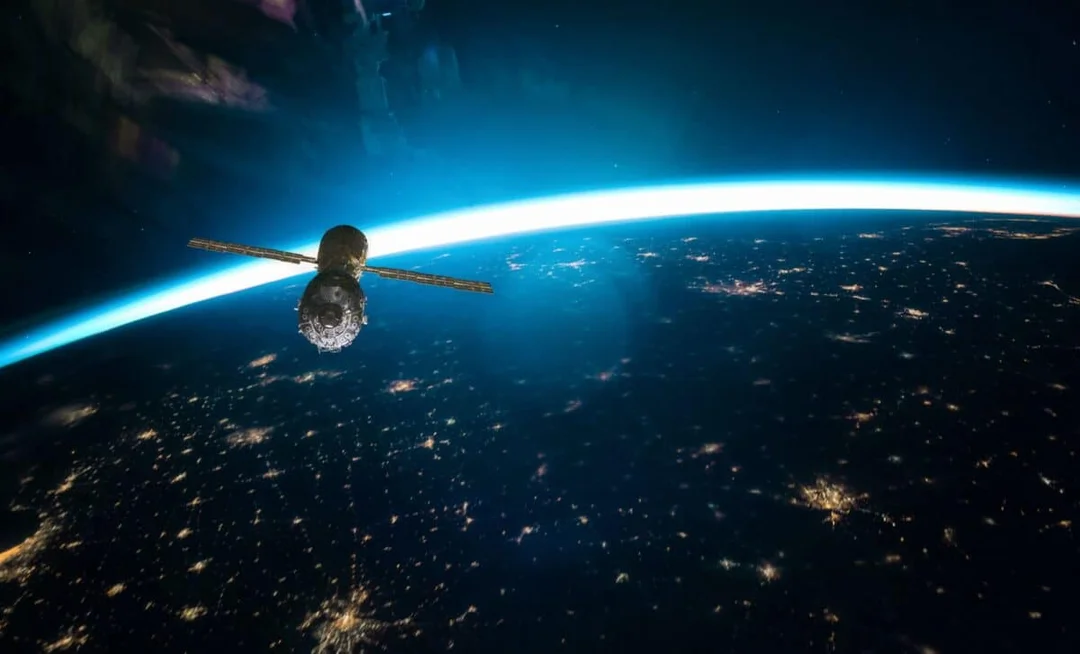
Falling Satellites: A Growing Threat from Space Junk & Atmospheric Pollution
The rapid increase in satellite launches, particularly mega-constellations like SpaceX's Starlink, is creating a growing problem: what happens when these satellites reach the end of their lives? The answer, it turns out, involves falling space debris, atmospheric pollution, and a potential crisis in Earth's orbit.
Satellite graveyards in the sky are not the solutions.
In 2024, residents of Saskatchewan, Canada, experienced this firsthand when chunks of SpaceX satellite debris crashed onto farmland. While no one was injured, the incident highlighted the inadequacy of current international space law, which, according to astronomer Samantha Lawler, hasn't been significantly updated since the Apollo era.

The standard practice for dealing with defunct LEO (Low Earth Orbit) satellites is to allow them to burn up during atmospheric reentry. While economical, this approach isn't without its consequences. According to experts, the metal components of these satellites, including reactive elements like aluminum and lithium, don't simply disappear. Instead, they vaporize and are dispersed into the stratosphere, contributing to atmospheric pollution.
With planned constellations like Starlink potentially reaching 42,000 satellites, each with a lifespan of approximately five years, the cumulative effect could be significant. The rate of metal vapor deposition in the stratosphere could soon exceed natural levels by a factor of 25 or more. Scientists are only beginning to study this massive increase in metal vapor and what this could do to the stratosphere.
But the problem isn't just atmospheric pollution. Not everything burns up completely. Hardier components can survive reentry and fall to Earth. Recent months have seen space debris landing in various locations, including Poland, Kenya, North Carolina, and Algeria.
In early 2025, the reentry of Kosmos 482, a 1970s Soviet Venus probe, which ultimately crashed into the Indian Ocean—spark renewed interest in the risk of casualties from falling debris.
Experts like Lawler warn of the increasing risk of casualties from falling space junk. While only one identifiable Starlink fragment has been officially recovered so far, many more have likely landed undetected. A recent analysis estimated a 10% chance of a human casualty from reentering rocket bodies within the next decade, and that doesn't include the tens of thousands of satellites expected to fall.
Leaving defunct satellites in orbit isn't a viable alternative. These inert objects traveling at high speeds pose a collision risk to operational satellites. Collisions can create clouds of debris, potentially leading to a cascade effect known as Kessler Syndrome, rendering LEO unusable for decades.

The solution, according to experts, lies in a new approach. We need fewer, smarter, and longer-lasting satellites, as well as responsible reentry plans that minimize risks to people and ecosystems. There has to be international regulation or self-imposed limits by satellite companies. Protecting the orbital region around Earth is a shared responsibility.
The increasing volume of satellites in orbit is a double-edged sword. While it offers potential benefits, it also presents significant challenges. What steps should be taken to mitigate the risks of falling space debris and atmospheric pollution? Share your thoughts and solutions in the comments below.